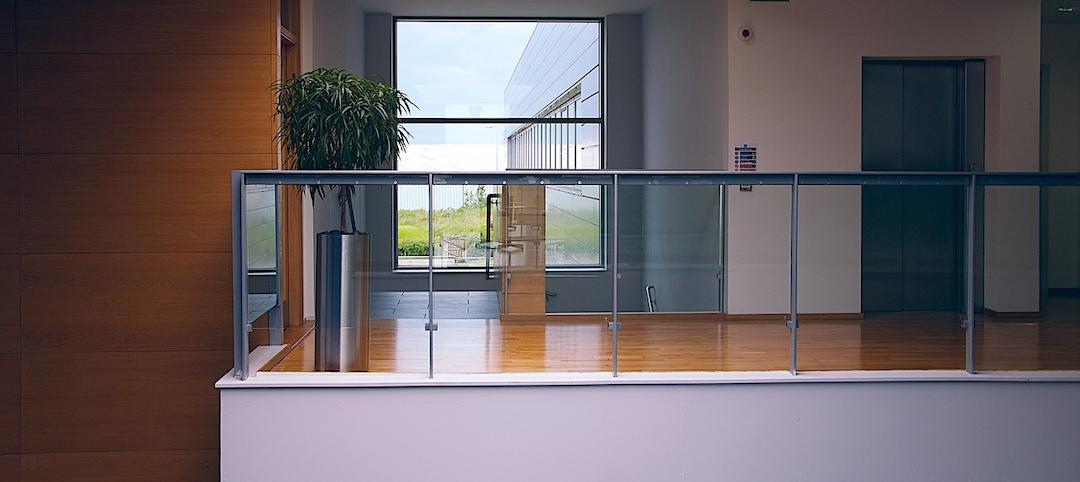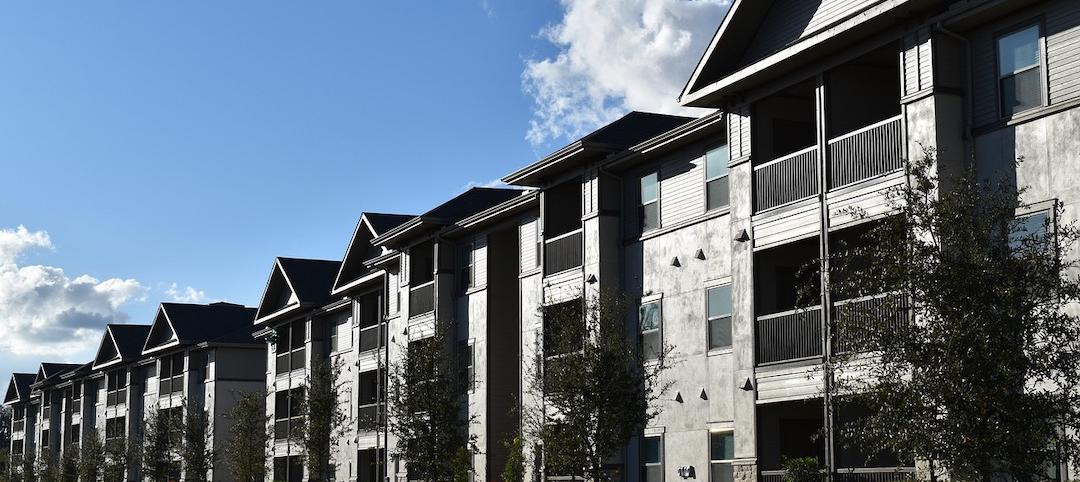Corrosion in sprinkler system piping can be a costly problem if leaks occur, causing damage to the interior of a structure, according to Matt Klaus, Principal Fire Protection Engineer with the National Fire Protection Association.
Replacing piping is no small expense, either. Corrosion can also cause blockages in the piping network, which can lead to an ineffective sprinkler system during a fire.
Corrosion can take on many forms, including oxidation, microbiologically influenced corrosion, and galvanic corrosion. The technical committees responsible for NFPA 13, Installation of Sprinkler Systems, have been looking at ways to eliminate or reduce corrosion in sprinkler systems for several revision cycles.
Reducing corrosion in dry systems can be achieved by eliminating all of the water from these systems after testing/activation and using alternative gases like nitrogen for charging these systems. For wet systems, limiting the amount of air in the system is the goal. Air trapped in pressurized sprinkler system piping results in an increase in the concentration of dissolved oxygen in the piping, enabling corrosion. Venting the trapped air in a wet system reduces this problem, so a revision to the wet system sprinkler system standard requires that a single air vent be installed for each system.
Depending upon the building geometry and sprinkler design, it is possible to trap air in many locations in the system, meaning a single vent may not be effective. Therefore, some stakeholders believe that the requirement adds cost to the property owner and the design team without any assurance that there is a long-term benefit to the system.
Related Stories
Codes and Standards | Nov 16, 2021
NOAA, Univ. of Maryland, and ASCE partner on climate-smart engineering codes, standards
Efforts will account for climate change in future infrastructure design and construction.
Codes and Standards | Nov 15, 2021
Intl. Code Council and Modular Building Institute release new off-site construction standards
‘Will create consistency for off-site construction; accelerate the industry’.
Codes and Standards | Nov 12, 2021
GSA will likely shrink federal office space post-COVID
Agency also needs to address maintenance backlog.
Codes and Standards | Nov 10, 2021
Los Angeles launches fast-track office tenant improvements program
Red tape to be cut to make interiors healthier and safer.
Codes and Standards | Nov 9, 2021
Florida state building professionals call for mandatory high-rise building inspections
Group recommendation comes in wake of Surfside condo collapse.
Codes and Standards | Nov 8, 2021
Dept. of Energy to fund 10 pilot smart building projects
Connected communities will accelerate renewable energy adoption and grid resilience.
Codes and Standards | Nov 3, 2021
Fact sheets offer strategies to improve indoor air quality in schools
Center for Green Schools at USGBC document for people without a technical background.
Codes and Standards | Nov 2, 2021
Rapid acceleration of affordable housing development expected over next five years
Federal government programs will spur construction.
Codes and Standards | Nov 1, 2021
New bird-friendly technical design guide released
National Glass Assn. document offers design and installation best practices for glazing.
Codes and Standards | Nov 1, 2021
World’s first chief heat officer tackles how to protect Miamians from extreme heat
Focus on chronic exposure for outdoor workers and for those that can’t afford AC.

















